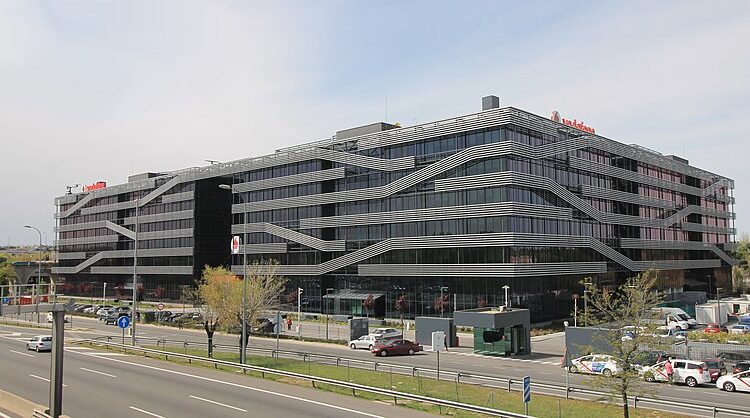Art and collectibles are becoming a significant part of wealth management strategies
- The value of art and collectibles owned by the world’s wealthiest individuals is expected to reach nearly US$2.9 trillion by 2026
- The art market has grown only 0.6% annually since 2008
- More than three-quarters of auction sales are generated by the work of a little more than 1% of all artists
- Art and collectibles comprise 13.4% of client assets at family offices, five percentage points more than at private banks
- 89% of wealth managers believe that art and collectible wealth should be part of a wealth management offering
- Art is seen as a hedge against inflation and a better investment option compared to traditional market instruments
- Financial factors are becoming increasingly important for art collectors, with 41% citing financial motivation for buying art
- Younger collectors are driven by potential investment returns and see art as an alternative capital asset class
- Fractional-art platforms that allow individuals to buy a share in a painting are gaining popularity
The value of art and collectibles owned by the world’s wealthiest individuals is expected to reach nearly US$2.9 trillion by 2026. However, the art market has only grown 0.6% annually since 2008, failing to keep up with inflation and overall global wealth growth. This can be attributed to the fact that a small number of artists and buyers dominate auction sales. Art and collectibles are now comprising 13.4% of client assets at family offices, surpassing private banks. Wealth managers are recognizing the importance of including art and collectible wealth in their offerings. Art is seen as a hedge against inflation and a better investment option compared to traditional market instruments. Financial factors are becoming increasingly important for art collectors, with 41% citing financial motivation for buying art. Younger collectors are driven by potential investment returns and see art as an alternative capital asset class. Fractional-art platforms that allow individuals to buy a share in a painting are gaining popularity, making art more accessible for investors.
Factuality Level: 7
Factuality Justification: The article provides information from a report by Deloitte Private and ArtTactic, which adds credibility to the information presented. However, the article does not provide any counterarguments or alternative perspectives, which could limit the overall factuality of the article.
Noise Level: 6
Noise Justification: The article provides some interesting insights into the art market and the factors that have contributed to its lackluster growth. It discusses the concentration of auction sales around a small number of artists and buyers, which could be a reason for the market’s stagnation. The article also highlights the emotional and financial motivations behind art buying, as well as the potential for art as a hedge against inflation. However, the article lacks in-depth analysis and data to support its claims, and it does not provide actionable insights or solutions for wealth managers or collectors.
Financial Relevance: Yes
Financial Markets Impacted: The article discusses the value of art and collectibles owned by wealthy individuals, which could have implications for the art market and the wealth management industry.
Presence Of Extreme Event: No
Nature Of Extreme Event: No
Impact Rating Of The Extreme Event: No
Rating Justification: The article primarily focuses on the financial aspects of the art market and does not mention any extreme events.
Public Companies: Deloitte (N/A), ArtTactic (N/A), Artnet Worldwide Corp. (N/A)
Private Companies: Wolf Tone
Key People: Wolf Tone (Global Leader of Deloitte Private)
 www.marketwatch.com
www.marketwatch.com 





